
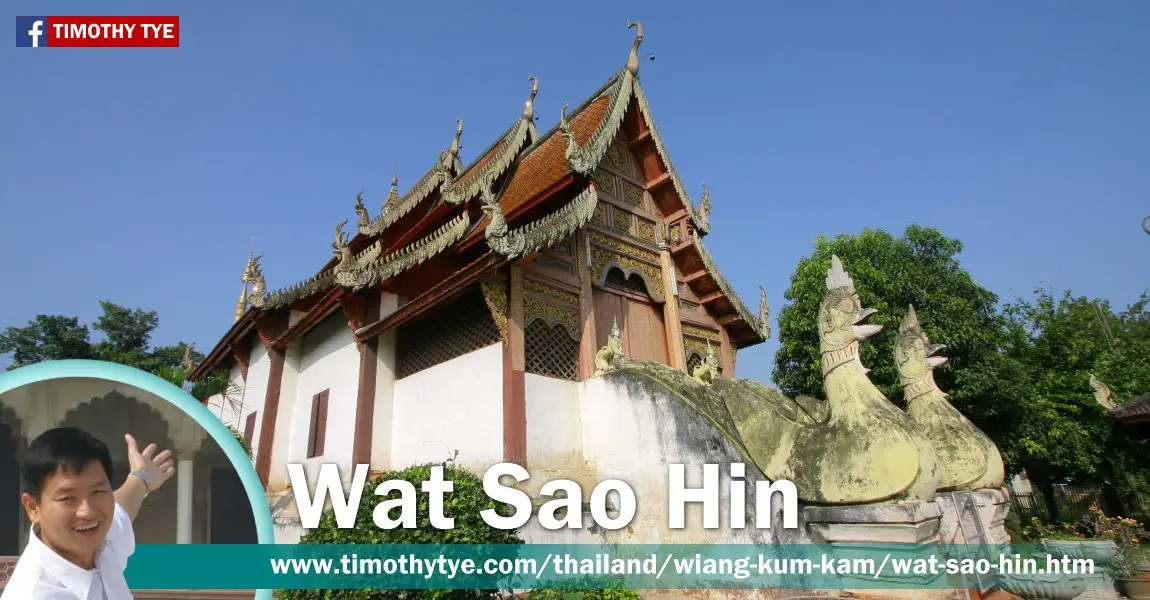 Wat Sao Hin, Wiang Kum Kam (26 October, 2006)
Wat Sao Hin, Wiang Kum Kam (26 October, 2006)
Wat Sao Hin (GPS: 18.75383, 99.00296; Thai: วัดเสาหิน
 ) is a functioning Thai Buddhist monastery in Wiang Kum Kam, on the southern outskirts of Chiang Mai, Thailand. Its name Wat Sao Hin means "stone pillar monastery". This is one of the major monasteries in Wiang Kum Kam. It dates back to 1430, when King Sam Fang Kaen received the ubosot (ordination hall) with the sima boundary stones, which were stone pillars.
) is a functioning Thai Buddhist monastery in Wiang Kum Kam, on the southern outskirts of Chiang Mai, Thailand. Its name Wat Sao Hin means "stone pillar monastery". This is one of the major monasteries in Wiang Kum Kam. It dates back to 1430, when King Sam Fang Kaen received the ubosot (ordination hall) with the sima boundary stones, which were stone pillars.Wat Sao Hin was originally located beside the Ping River. During a massive flood, the river changed its course to the present course, away from the temple. The flood caused Wiang Kum Kam to be abandoned until the reign of King Rama V, when people return to re-settle in the town and restore the monastery.
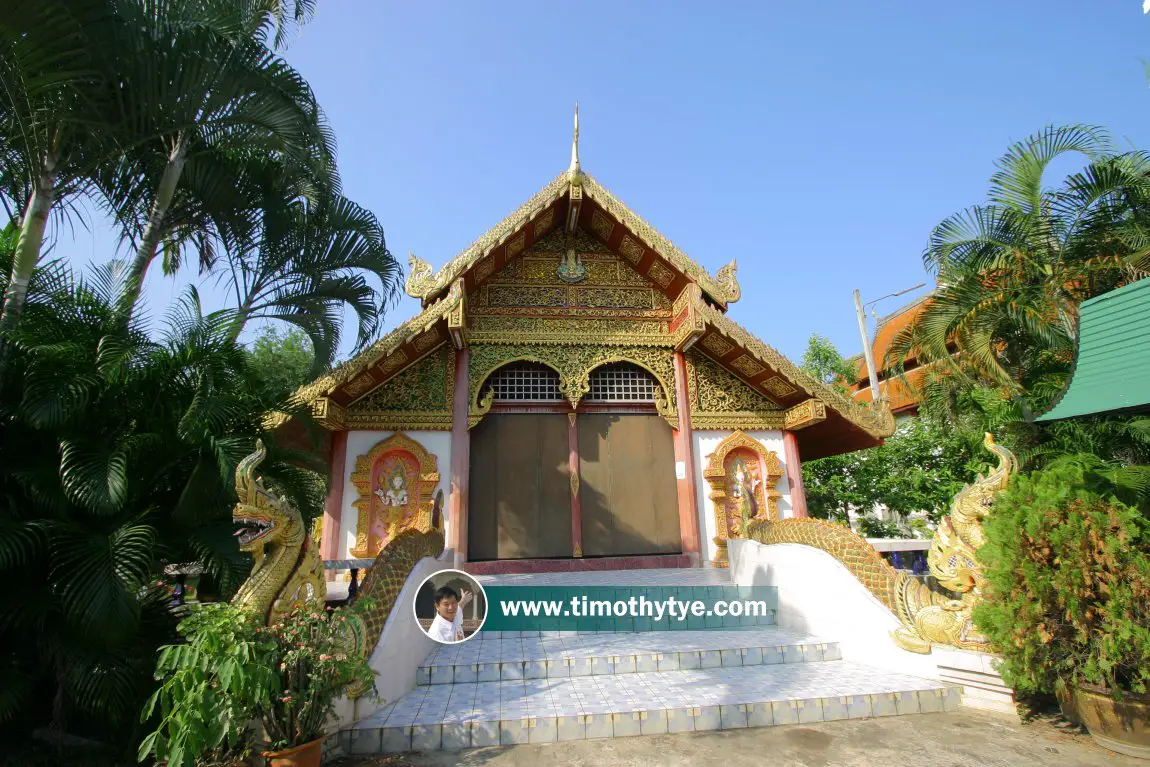 This is possibly the ubosot of Wat Sao Hin, Wiang Kum Kam (26 October, 2006)
This is possibly the ubosot of Wat Sao Hin, Wiang Kum Kam (26 October, 2006)
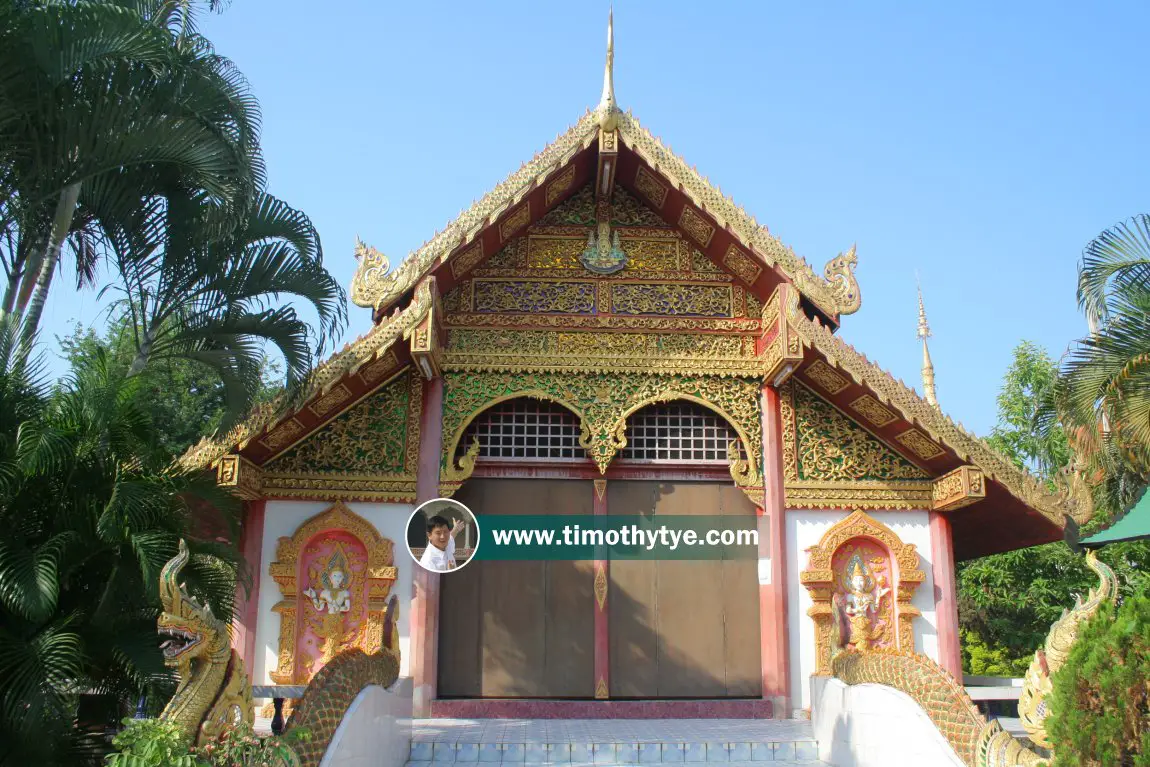 Wat Sao Hin, Wiang Kum Kam (26 October, 2006)
Wat Sao Hin, Wiang Kum Kam (26 October, 2006)
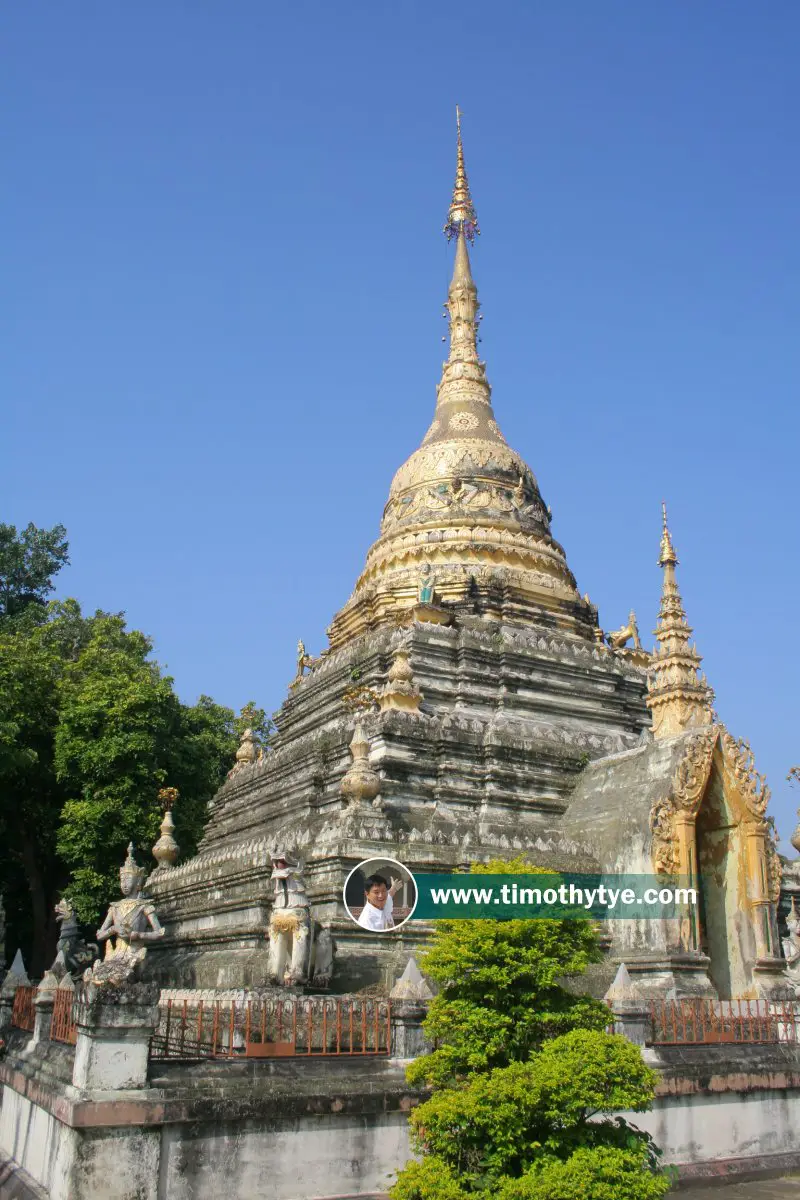 The chedi of Wat Sao Hin (26 October, 2006)
The chedi of Wat Sao Hin (26 October, 2006)
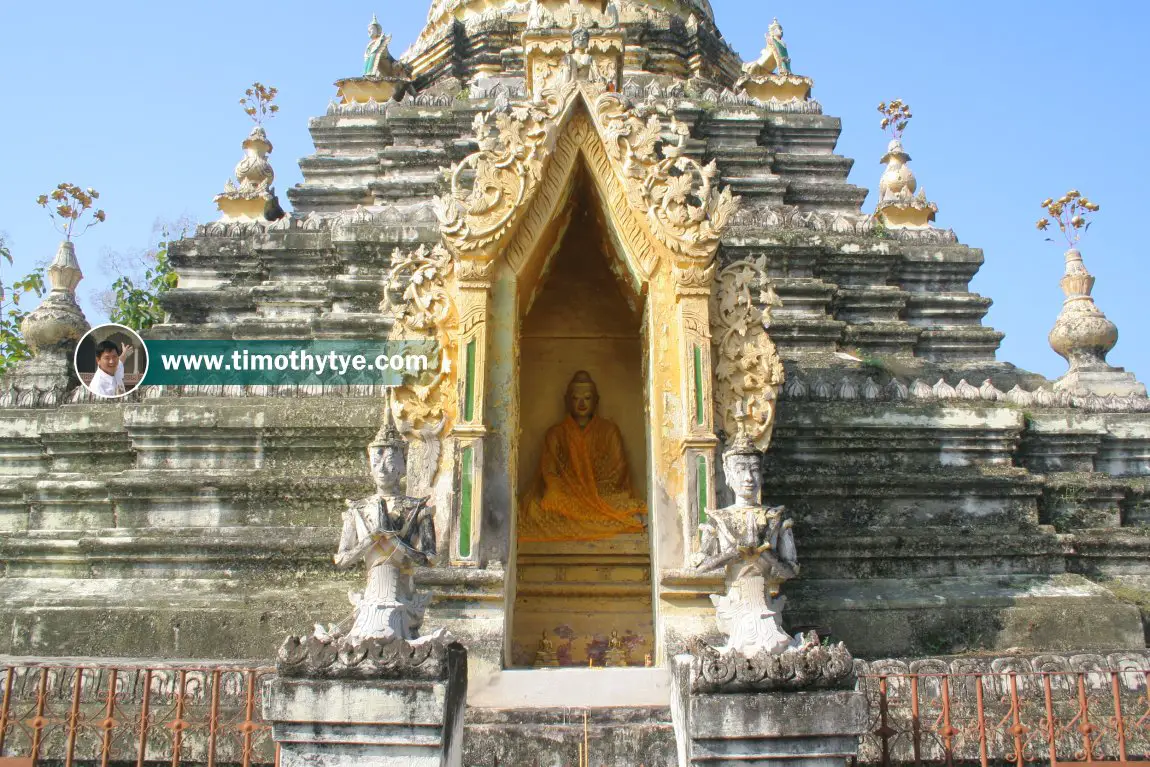 Niche at the chedi with a Buddha figure, at Wat Sao Hin, Wiang Kum Kam (26 October, 2006)
Niche at the chedi with a Buddha figure, at Wat Sao Hin, Wiang Kum Kam (26 October, 2006)
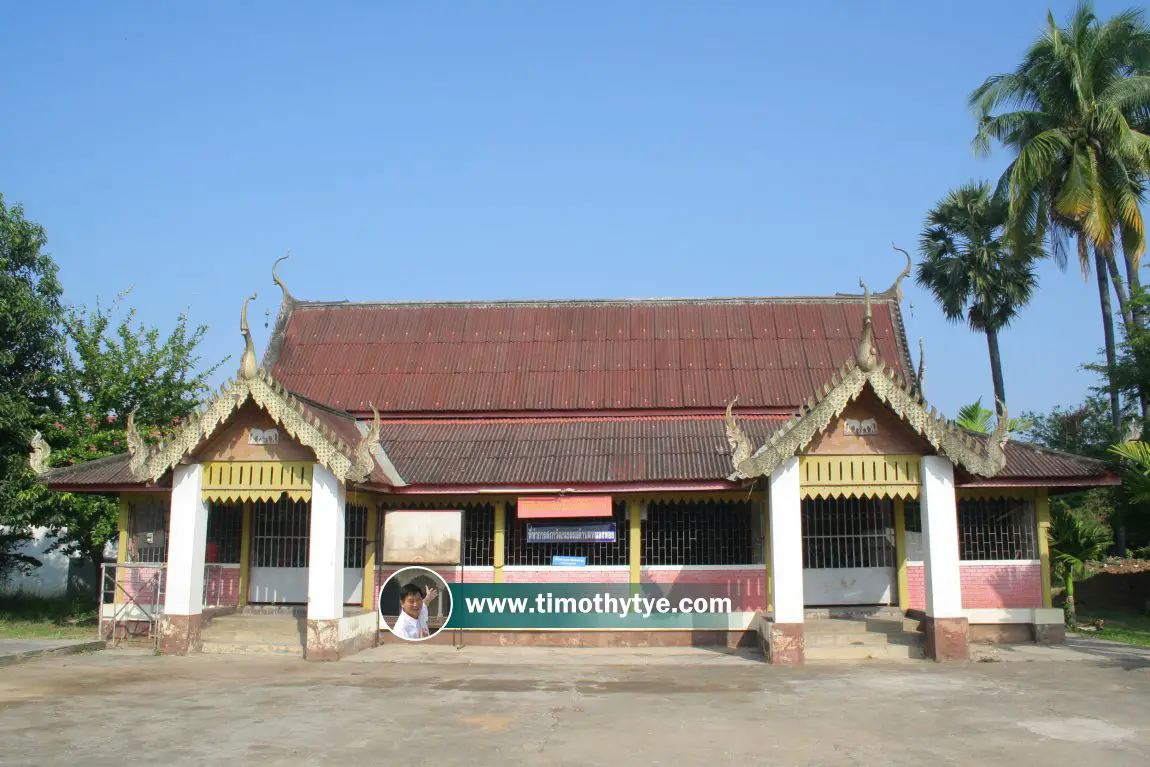 One of the buildings at Wat Sao Hin, Wiang Kum Kam (26 October, 2006)
One of the buildings at Wat Sao Hin, Wiang Kum Kam (26 October, 2006)
Wat Sao Hin on Google Street View
Wat Sao Hin (May 2018)Wat Sao Hin is  on the map of Wiang Kum Kam
on the map of Wiang Kum Kam
List of Wats in Wiang Kum Kam and Wats in Thailand
 Latest updates on Penang Travel Tips
Latest updates on Penang Travel Tips
 Map of Roads in Penang
Map of Roads in Penang
Looking for information on Penang? Use this Map of Roads in Penang to zoom in on information about Penang, brought to you road by road.Disclaimer
Please use the information on this page as guidance only. The author endeavours to update the information on this page from time to time, but regrets any inaccuracies if there be any.About this website

Dear visitor, thank you so much for reading this page. My name is Timothy Tye and my hobby is to find out about places, write about them and share the information with you on this website. I have been writing this site since 5 January 2003. Originally (from 2003 until 2009, the site was called AsiaExplorers. I changed the name to Penang Travel Tips in 2009, even though I describe more than just Penang but everywhere I go (I often need to tell people that "Penang Travel Tips" is not just information about Penang, but information written in Penang), especially places in Malaysia and Singapore, and in all the years since 2003, I have described over 20,000 places.
While I try my best to provide you information as accurate as I can get it to be, I do apologize for any errors and for outdated information which I am unaware. Nevertheless, I hope that what I have described here will be useful to you.
To get to know me better, do follow me on Facebook!
Copyright © 2003-2025 Timothy Tye. All Rights Reserved.

 Go Back
Go Back